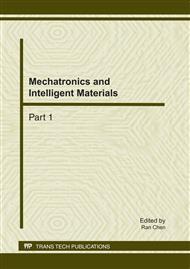p.1091
p.1096
p.1100
p.1105
p.1110
p.1115
p.1119
p.1124
p.1129
Optimization for Laser Welding Fillet Joint Based on Response Surface Method
Abstract:
The wide use of galvanized steel in automobile manufacturing brings much challenge to the roof to body-side laser welding process. Fillet joint is an effective way to solve this problem such as pore in laser welding process. However, there is little research on this type of complicated joint process. Focused on this problem, take metallographic size of weld seam as the weld quality criteria, response surface methodology (RSM) is used to study the influence of laser welding parameters on weld seam quality. Finally, the optimum welding parameters are concluded to give technical instructions for the plant production.
Info:
Periodical:
Pages:
1110-1114
Citation:
Online since:
February 2011
Authors:
Price:
Сopyright:
© 2011 Trans Tech Publications Ltd. All Rights Reserved
Share:
Citation:


